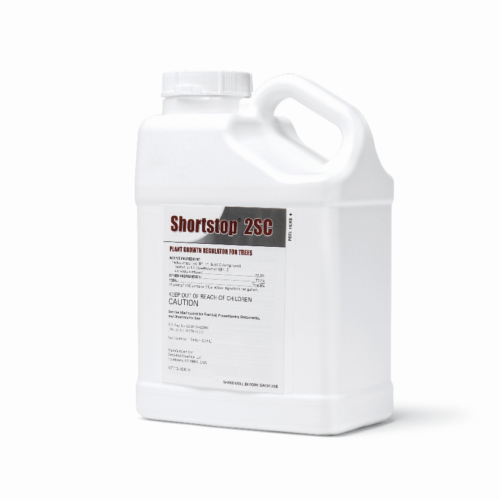Plant Growth Regulators (PGRs) are organic compounds (besides nutrients and water) that modify plant physiological processes. They are widely used in commercial landscaping, golf course maintenance, and municipal building grounds-keeping. PGRs are integral to landscape management by aiding with healthy and controlled tree and shrub growth. Three methods exist for applying PGRs: soil drench, soil injection, and foliar spray. Each of these has unique benefits and usage scenarios.

Foliar Spray Method
Foliar spray application of plant growth regulators (PGRs) is another means of applying them, providing fast absorption into the foliage for quick results. It is typically applied using a backpack sprayer.
To apply a foliar spray, mix PGR at its recommended concentration and use a sprayer to evenly spread it across the plant’s leaves. The amount used will be determined by the type of plant it is and its size. This must be done on a calm day to reduce drift and ensure it reaches the intended target.
The foliar spray provides fast results yet may not last as long due to the faster metabolism of PGRs in leaves. Furthermore, consideration must be made as to the health of plant foliage. Damaged or diseased leaves could make absorption of PGRs difficult or impossible.
Soil Drench
A soil drench is an easy and highly effective way of applying plant growth regulators (PGRs). It involves directly applying PGR solutions into the soil surrounding plants. Then, their root systems absorb these growth regulators and distribute them throughout their system.
Commercial settings typically prefer soil drench application due to its simplicity and relatively low costs. To use one effectively, prepare a solution of the PGR according to its recommended concentration for the type and size of the plant before pouring the solution evenly around the base of a tree or shrub, ensuring it penetrates its root zone.
Soil drenching methods work best when soil conditions are both moist and ideal, enabling maximum absorption by root systems. One must, however, take care to avoid oversaturation, which could potentially damage roots or diminish PGR efficacy.

Soil Injection
Soil injection is another popular PGR application technique. This process involves injecting PGR solution directly into the soil nearer its root zone for easy absorption by plants. It works particularly well when treating larger, well-established trees or shrubs, allowing deeper root systems to access PGR solutions.
To perform a soil injection, use an injection tool to create holes at the base of trees or shrubs, depending on their size and species. After creating holes around their bases, PGR solution should be directly injected into these holes using an injection gun.
Soil injection offers greater control than other application methods. This minimizes wastage and optimizes efficiency while minimizing run-off risk, making it a green solution. When injecting at the correct depth, care must be taken to not damage plant roots and cause permanent harm.
Plant Growth Regulators are essential for commercial landscapes, helping ensure controlled and healthy tree and shrub growth. Selecting the appropriate application method, soil drench, injection, or spray, can maximize their effectiveness. Understanding their benefits and drawbacks will assist with making an informed decision. With proper PGR application in commercial settings, the landscapes can flourish beautifully while reflecting well on their businesses.

